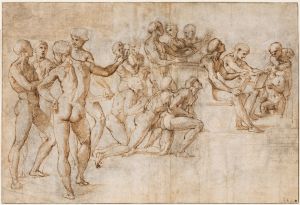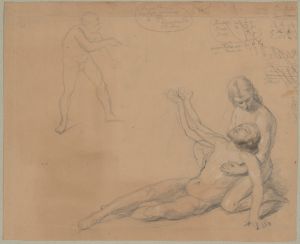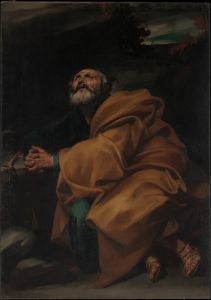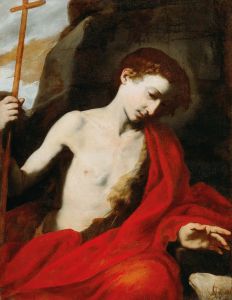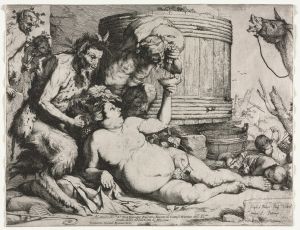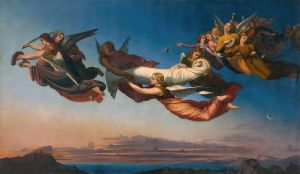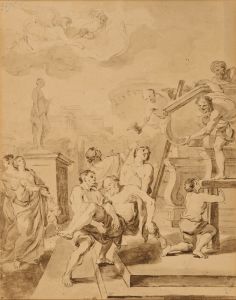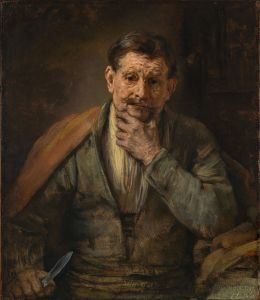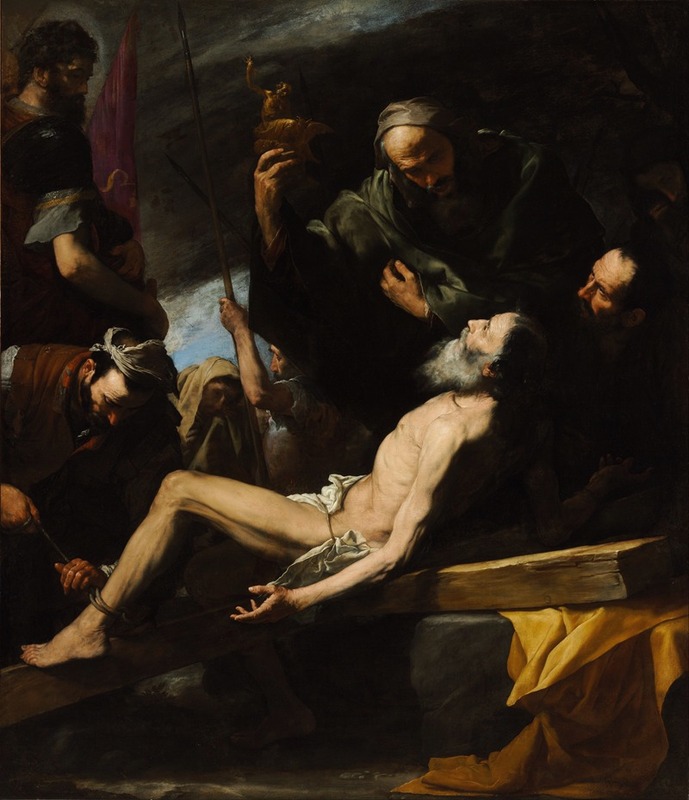
Martyrdom Of Saint Andrew
A hand-painted replica of Jusepe de Ribera’s masterpiece Martyrdom Of Saint Andrew, meticulously crafted by professional artists to capture the true essence of the original. Each piece is created with museum-quality canvas and rare mineral pigments, carefully painted by experienced artists with delicate brushstrokes and rich, layered colors to perfectly recreate the texture of the original artwork. Unlike machine-printed reproductions, this hand-painted version brings the painting to life, infused with the artist’s emotions and skill in every stroke. Whether for personal collection or home decoration, it instantly elevates the artistic atmosphere of any space.
The "Martyrdom of Saint Andrew" is a significant work by the Spanish Baroque painter Jusepe de Ribera, also known as José de Ribera. Created in 1628, this painting is a profound representation of the martyrdom of Saint Andrew, one of the twelve apostles of Jesus Christ. Ribera, who spent much of his career in Naples, was known for his dramatic use of chiaroscuro and his ability to convey intense emotion, both of which are evident in this work.
The painting depicts the moment of Saint Andrew's crucifixion. According to Christian tradition, Saint Andrew was martyred by being bound to an X-shaped cross, now commonly referred to as a "Saint Andrew's Cross." This form of crucifixion was chosen to prolong his suffering. Ribera captures this moment with a striking realism and emotional depth, characteristic of his style and the broader Baroque movement, which emphasized dramatic intensity and vivid detail.
In the composition, Saint Andrew is shown bound to the cross, his body twisted in a dynamic pose that conveys both physical agony and spiritual transcendence. His face is turned upwards, suggesting a sense of divine acceptance and faith even in the face of death. The figures surrounding him, likely his executioners and onlookers, are depicted with a raw realism that highlights the brutality of the scene. Ribera's use of light and shadow enhances the emotional impact, drawing the viewer's eye to the suffering saint while also creating a somber, contemplative atmosphere.
Ribera's work is notable for its attention to anatomical detail and the expressive use of texture, which can be seen in the rendering of Saint Andrew's skin and the rough wood of the cross. This meticulous attention to detail reflects Ribera's deep understanding of human anatomy and his commitment to realism, a hallmark of his artistic approach.
The "Martyrdom of Saint Andrew" is housed in the Museo del Prado in Madrid, Spain. It is considered one of Ribera's masterpieces and a quintessential example of Spanish Baroque painting. The work not only reflects Ribera's technical skill but also his ability to convey complex theological themes through art. The painting invites viewers to reflect on themes of faith, sacrifice, and redemption, central to the narrative of Saint Andrew's martyrdom.
Ribera's depiction of Saint Andrew is part of a broader tradition of religious art in the Baroque period, which sought to engage viewers emotionally and spiritually. His work is often compared to that of Caravaggio, another master of chiaroscuro, though Ribera's paintings are distinguished by their intense emotional realism and often darker, more somber tones.
In summary, Jusepe de Ribera's "Martyrdom of Saint Andrew" is a powerful example of Baroque religious art, combining technical mastery with a profound exploration of spiritual themes. The painting remains an important part of Ribera's legacy and continues to be studied and admired for its artistic and historical significance.





